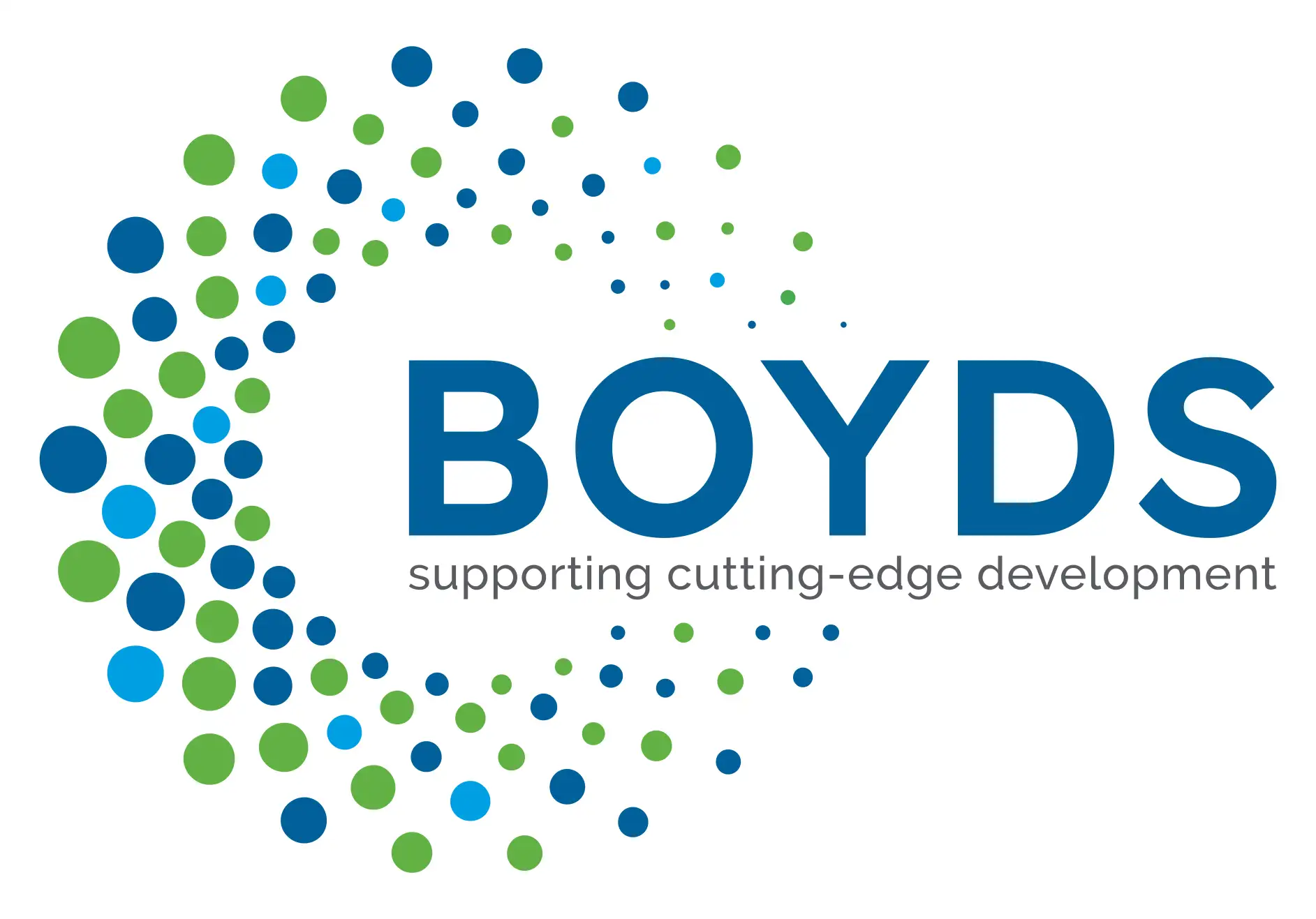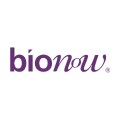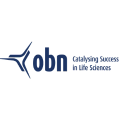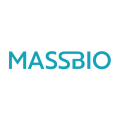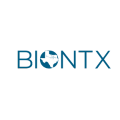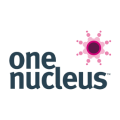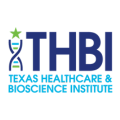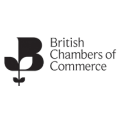The FDA Pre-IND Meeting – A Best Practice for Mitigating Early Regulatory Risk
In this blog, Dr Eric Hardter, Associate Director of Regulatory Affairs, discusses the critical importance of proper planning and early engagement with FDA for Investigational New Drug (IND) applications.
 When it comes to submission of Investigational New Drug (IND) applications to the United States Food and Drug Administration (US FDA), perhaps my favorite phrase is “we need to get this in quickly.” Such a strict focus on the clock may blind IND sponsors to a potentially pivotal de-risking activity, perhaps paradoxically resulting in greater delay. However, prospectively planning an earlier time investment may avoid later pitfalls, lengthy review/response cycles, and potentially result in quicker to-clinic outcomes.
When it comes to submission of Investigational New Drug (IND) applications to the United States Food and Drug Administration (US FDA), perhaps my favorite phrase is “we need to get this in quickly.” Such a strict focus on the clock may blind IND sponsors to a potentially pivotal de-risking activity, perhaps paradoxically resulting in greater delay. However, prospectively planning an earlier time investment may avoid later pitfalls, lengthy review/response cycles, and potentially result in quicker to-clinic outcomes.
The Time Cost of Getting Your IND Wrong
The regulation promulgated in Title 21, Part 312 (Investigational New Drug Application) notes that the FDA must render judgement on an IND application within 30 calendar days of its submission. While descriptive from an overarching view, the verbiage therein is lacking in bespoke subtext. As an example, we know that an absence of nonclinical toxicology data will (typically) yield a finding that the application does not possess an acceptable risk/benefit profile, thereby resulting in a Clinical Hold and an inability to move the human subjects development program forward until the Hold is resolved. However, the regulation (and to some extent applicable guidance documents) does not possess a level of granularity tailored to each sponsor’s development program and is not inherently predictive for the necessitated nuance (e.g., species selection, dosing, and follow-up for a pivotal toxicity protocol).
Furthermore, the logistics of and communication pattern during the Agency’s 30-day review are best understood through practical experience. This period can be fraught with complications and regulatory hurdles as disciplinary information requests (IRs) and/or requests for clarification may arrive with imposing frequency, each with a pre-defined timeline (often very short) for sponsor response. Similar to an application lacking the expected elements, an inability to respond satisfactorily to these IRs may also result in a Clinical Hold.
A sponsor’s regulatory calendar will then subsequently be extended up to another 30 calendar days for the FDA to provide the formal Hold notification. If the Hold rationale results in the necessity for additional non-clinical or manufacturing investigation, the timeline is further elongated to accommodate these activities. Once an amendment to the application believed to be responsive to Hold commentary is submitted, the Agency has another 30 calendar days for a subsequent review.
In these instances, the hope for a rapid segue into the clinic has been derailed, and “getting it in quickly” yielded the opposite effect. And while there does not exist an infallible mechanism to construct an IND in line with the expectations born both from regulation as well as the explicit development program metadata (i.e., clinical indication, class of investigational product (IP), phase of study, etc.), the FDA can function as an early partner to best ensure future compliance. To that point, holding a Pre-IND meeting with Agency reviewers is perhaps the most critical early action a sponsor can take to increase the probability of regulatory success.
The Pre-IND Meeting, an Effective Regulatory Sherpa
Unlike in other regions (e.g., Scientific Advice meetings with the European Medicines Agency) there is no associated cost to a Pre-IND meeting other than the sponsor’s time. Somewhat ironically, the associated 60-day maximum timeframe between submission of the meeting request and holding the meeting itself is equivalent to the time required for the Agency’s Hold-related activities noted earlier (provision of formal Hold documentation, and review of the Hold response). The important distinction is this formal communication will occur well in advance of IND submission, providing the sponsor with an opportunity to solicit feedback and reach Agency agreement on key items of interest and uncertainty, as well as to help roadmap the content of the forthcoming IND application.
Continuing, questions and proposals can and should be presented across multiple disciplines including but not limited to clinical, pharmacology/toxicology, manufacturing, statistics and regulatory. At sponsor request and Agency availability, subject matter experts in niche disciplines such as rare disease drug development, or pediatric and maternal health may also be able to provide advice. In addition to written responses, the meeting format can also take place via teleconference, or as a (virtual) face-to-face setting, with the latter perhaps yielding the most dynamic interaction.
The FDA recently updated their draft guidance document on formal meetings(1), which provides a blueprint for anticipated content of the associated meeting deliverables, as well as timelines and general logistics, and should be utilized as a sponsor’s starting point. While this guidance answers the “how” behind the meeting paradigm, it doesn’t completely describe the “who” and the “what.” That is to say, while a Pre-IND meeting is hugely beneficial for most development programs, not all programs will need the pre-agreement and safety net it provides.
The Pre-IND Meeting as a Key Decision Point in Maximizing Regulatory Rapidity
Though there is no black-and-white decision tree, as an example, sponsors of Research INDs (i.e., no intent to market the IP) using an approved product for a related participant population (“old drugs, new tricks”) would more than likely not require non-clinical or manufacturing feedback as their studies would use commercially available drug and leverage the FDA’s prior market authorization. With only commentary on the clinical protocol to be expected upon IND review, and noting that clinical documentation is drafted for future use and is expected to be amended, there is less risk in forgoing the Pre-IND. Other sponsors who may opt to decline this interaction due to knowledge already in hand could include those seeking new formulations or related follow-on indications to those already approved, or developers of 505(b)(2) products where the active pharmaceutical ingredient and expected suite of non-clinical testing are already well understood.
Still, it is likely that the majority of development programs would benefit from a Pre-IND meeting. Sponsors with substantial questions to answer, such as those developing novel and/or persistent drug products (e.g., most cell and gene therapies) with nuanced manufacturing processes, would assuredly benefit and likely receive guidance to best mitigate downstream safety concerns for the proposed clinical population. This interaction would also be advantageous for sponsors seeking to develop IPs for serious unmet needs, rare diseases, and pediatric populations seeking to buck the established norms for first-in-human populations and multiphase lifecycle development. In these instances of cutting-edge treatments, technology often outpaces federal rulemaking; sponsors of these therapies should seek direct FDA collaboration in order to receive advice not yet promulgated in regulation or guidance.
Controlling the Future Narrative
Holding a pre-IND meeting with the FDA isn’t a checkbox activity in the path to IND clearance, and sponsors should assume certain levels of pushback. Hard truths may be revealed by Agency reviewers, adding unanticipated lead time to a sponsor’s development program. Still, this proactivity will aid in best asserting control over the remainder of the translational research process by providing the sponsor an advance opportunity to course-correct via pre-submission adjustments, thereby minimizing surprises and avoiding unexpected deficiencies. The accompanying avoidance of delay into the clinic justifies the time spent upstream and elucidates exactly why a Pre-IND meeting is a critical early-phase engagement in setting the stage for smoother preliminary development.
References
(1) FDA (2023) Draft Guidance Formal Meetings Between the FDA and Sponsors or Applicants of PDUFA Products. September 2023, Formal Meetings Between the FDA and Sponsors or Applicants of PDUFA Products. Last accessed 01 February 2024.
